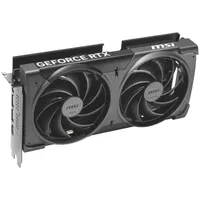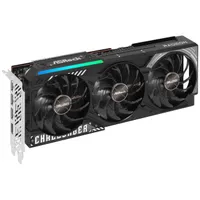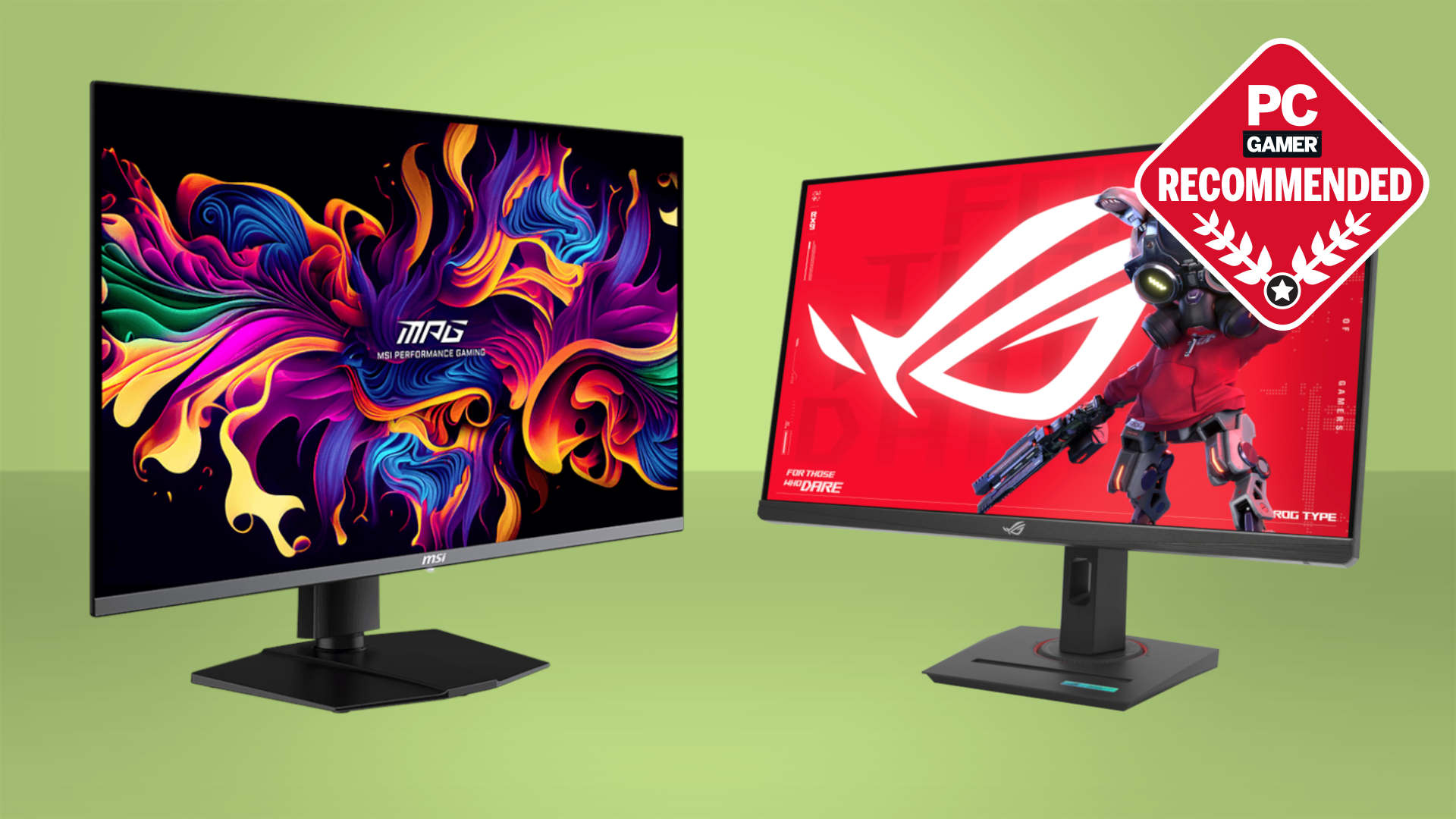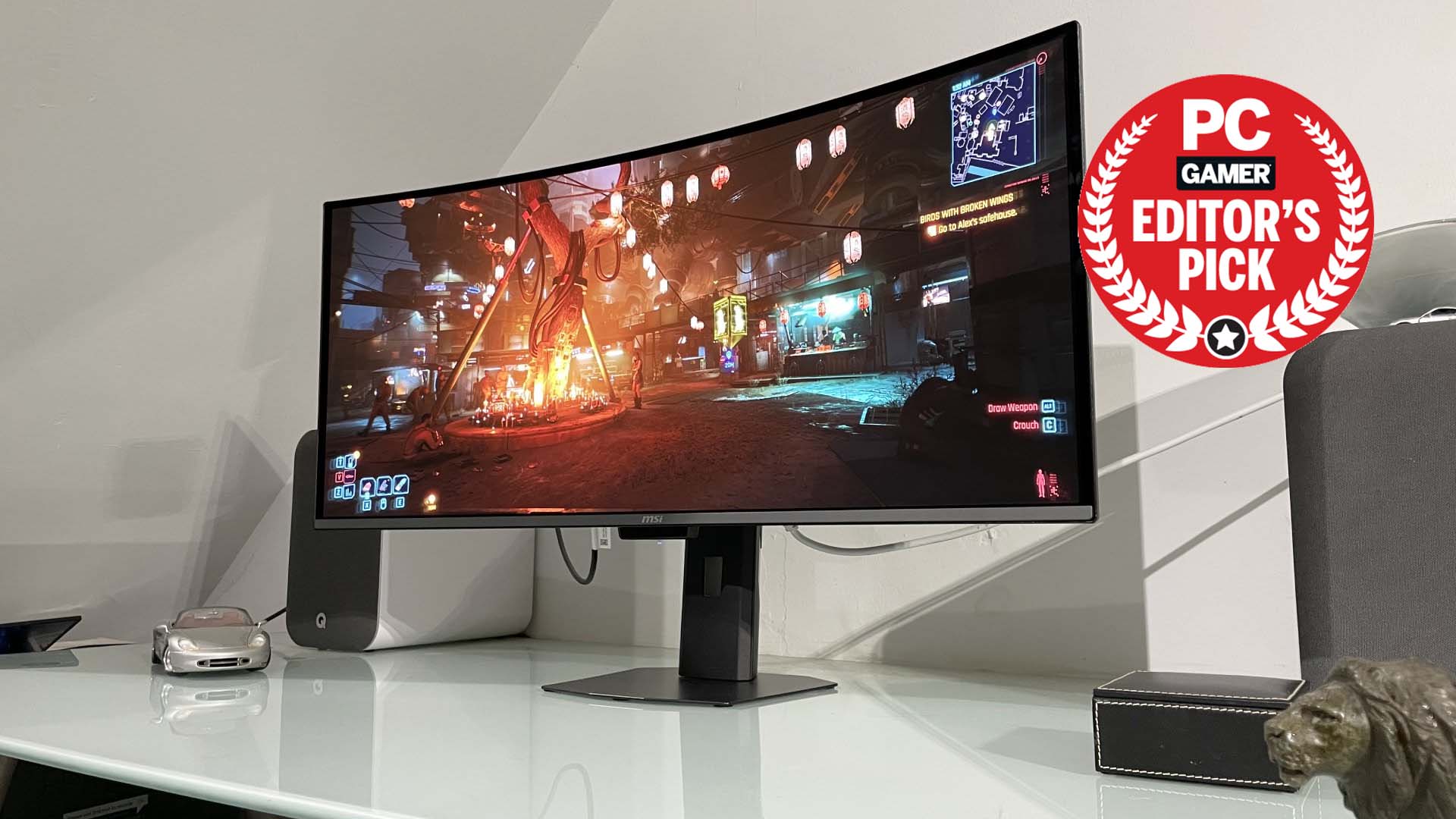Nvidia RTX 5070 or AMD RX 9070: Which graphics card is the perfect Black Friday GPU on a $500 upgrade budget?
The answer isn't as simple as you might think it is.
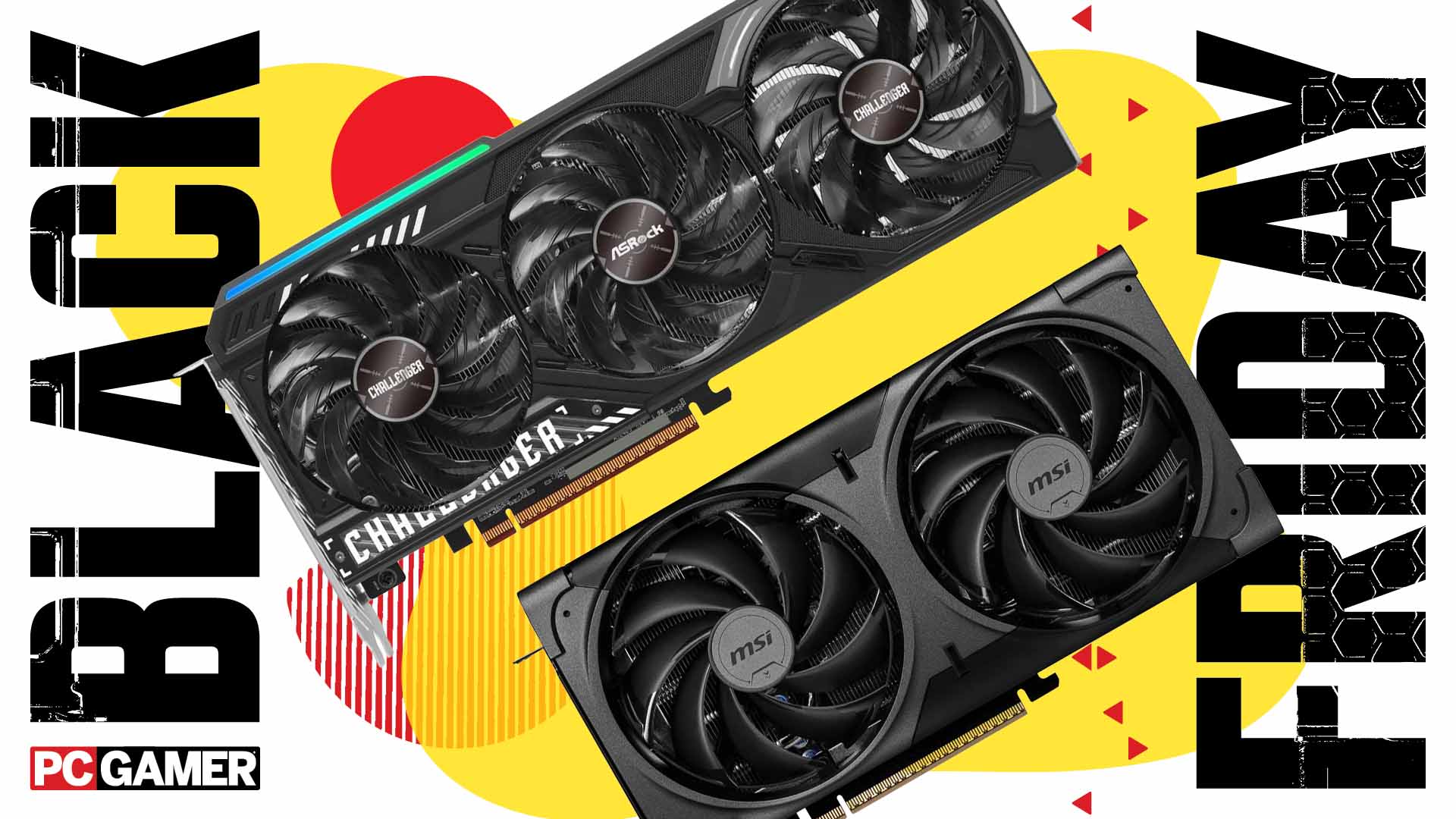
Choosing the right graphics card upgrade is no easy thing. That's because there are lots of different models, covering a wide range of budgets, all with different features and specifications. We tackled this conundrum back in the summer for Amazon's Prime Day sales, and even though prices have dropped for Black Friday, it's a topic worth revisiting. Especially as those pricetags are only set to rise as the year ends and the fallout from the memory pricing apocalypse.
👉Here are all the best Black Friday PC gaming deals👈
Let's say you've given yourself a maximum budget of ~$500 to buy a brand new GPU. Well, things become a lot simpler because there are only two graphics cards to consider: AMD's Radeon RX 9070 and Nvidia's GeForce RTX 5070. Everything is either way more expensive or cheaper, but slower.
To help you decide which one to go for, let me compare the two GPUs for you, so that you can weigh up each one's pros and cons.
- Nvidia RTX 5070 | $480 (save $80)
- AMD Radeon RX 9070 | $530 (save $106)
Although the RTX 5070 is a good deal faster than its predecessor, the RTX 4070, it's less of an upgrade compared to the RTX 4070 Super. DLSS 4 just about tips the balance in favor of the newer model, though, and this particular deal is well under MSRP. Use the $20 rebate card to get the full discount.
Key specs: 6144 shaders | 2512 MHz boost | 12 GB GDDR7
RTX 5070 price check: Walmart $499 | Amazon $529.99 | B&H Photo $529.99 | Best Buy $529.99
The RX 9070 is one of AMD's better GPUs for many years and is not that much slower than the XT version. It's been so popular that it's taken months for the price to drop to anywhere near AMD's MSRP. More expensive than the RTX 5070, but it's a faster card all round. That said, you might as well just buy the RX 9070 XT.
Key specs: 3584 shaders | 2520 MHz boost | 16 GB GDDR6
RX 9070 price check: Walmart $529.99 | Amazon $539.99 | Best Buy $561.99 | B&H Photo $659.99
If you start by comparing the two cards' specifications on paper, you'll immediately think that the GeForce RTX 5070 has the Radeon RX 9070 beat. It has more shaders (6,144 vs 3,583) and a higher boost clock (2,520 vs 2,510 MHz) but AMD and Nvidia GPUs work in different ways, so a straight comparison like this only works for theoretical throughputs.
When it comes to gaming, what actually matters are... well... games. So let's start by seeing how they fare in a range of situations, including traditional 'rasterization', hybrid and full ray-tracing at a resolution they're mostly commonly going to be used at.
On the whole, you can see that the RX 9070 out-performs the RTX 5070. Sometimes by a little, sometimes by a lot. Traditionally, Nvidia's GeForce RTX cards have been far better than Radeon models when ray tracing is involved, but AMD has made great strides in this area with its RDNA 4 GPU architecture.
We used both graphics cards in our office across a whole host of other games and we've seen the same thing in those: the RX 9070 is generally faster than the RTX 5070. It's still true even if you step up to a 4K resolution.
This is down to the fact that despite the RTX 5070 sports ultra-fast GDDR7 VRAM, it only has an aggregated memory bandwidth of 672 MB/s compared to the RX 9070's 645 MB/s. That's down to the fact that it uses a 192-bit wide memory bus, whereas the AMD GPU uses a 256-bit bus.
The RDNA 4 GPU is houses considerably more cache, which is why it performs so well, even though it has fewer shaders than the Blackwell chip.
Both graphics processors can be overclocked, of course, and this is one area that Nvidia's RTX 50-series chips do very well. However, it doesn't make a huge difference to the comparison, as the RX 9070 is still generally faster than the RTX 5070, even when one overclocks the heck out of the Blackwell GPU.
That all said, the RTX 5070 does have an ace up its sleeve in the form of DLSS 4—the latest version of Nvidia's AI-powered technology suite of upscaling, frame generation, and ray tracing denoising. AMD does have something similar now, in the form of FSR 4, but few games support it and most just use previous FSR 3 iteration.
FSR 3 is absolutely fine for boosting performance with upscaling and frame generation, as you can see above. However, visually, DLSS gives superior results and in games that support Multi Frame Generation (or MFG, which allows up to three extra frames to be created), the RTX 5070 streaks ahead.
For example, in Cyberpunk 2077, Nvidia's card achieves an average frame rate of 228 fps, with a 1% low of 162 fps, at 1440p RT Ultra quality. All with a system latency of just 40 milliseconds. That's way ahead of what the RX 9070 can reach.
AMD does have an update planned for FSR 4 (aka Project Redstone) which may go some way to address this when it launches December 10, but until it does, the RTX 5070 is clearly the faster product when it's able to use MFG.
Something else that Nvidia has AMD beaten in is the world of content creation. If you do a lot of photo and video editing, offline 3D rendering, and any other media workload, Radeon graphics cards fall short of the mark and by no small margin.
When it comes to just gaming, though, there is a clear winner and it's the Radeon RX 9070. It's faster than the RTX 5070 in most situations and only really lags behind the Nvidia chip when MFG is brought into the equation.
Is it worth spending $50 more, though? I would say yes but with a few caveats. If you don't care about achieving 200+ fps in your games by use of frame generation and you don't do any kind of content creation, then it's well worth spending that little extra on the Radeon RX 9070, to have such a fantastic gaming graphics card.
But if you want something that's more rounded and can turn its hand to a variety of tasks with ease, as well as having a superior feature set, then the cheaper GeForce RTX 5070 is a great choice.
As you can see, the question of which to choose wasn't simple to answer but the great thing about all of this is that no matter which one you pick, you'll have a very good gaming GPU in your rig and one that will serve you well for many years to come.
👉Check out all Best Buy's GPU deals right here👈
👉Shop Newegg's huge range of graphics cards deals👈
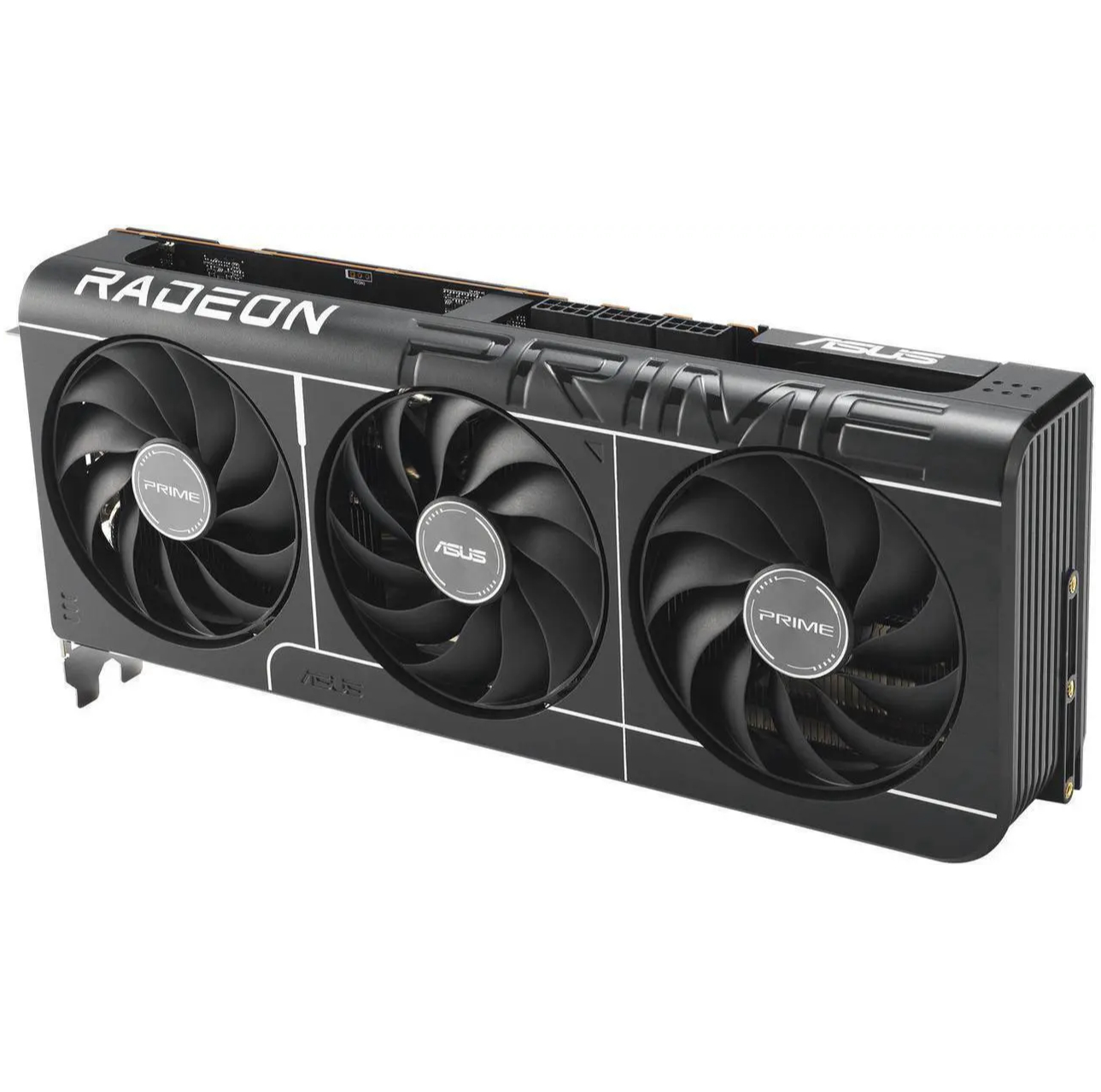
1. Best overall: AMD Radeon RX 9070
2. Best value: AMD Radeon RX 9060 XT 16 GB
3. Best budget: Intel Arc B570
4. Best mid-range: Nvidia GeForce RTX 5070 Ti
5. Best high-end: Nvidia GeForce RTX 5090
Keep up to date with the most important stories and the best deals, as picked by the PC Gamer team.

Nick, gaming, and computers all first met in the early 1980s. After leaving university, he became a physics and IT teacher and started writing about tech in the late 1990s. That resulted in him working with MadOnion to write the help files for 3DMark and PCMark. After a short stint working at Beyond3D.com, Nick joined Futuremark (MadOnion rebranded) full-time, as editor-in-chief for its PC gaming section, YouGamers. After the site shutdown, he became an engineering and computing lecturer for many years, but missed the writing bug. Cue four years at TechSpot.com covering everything and anything to do with tech and PCs. He freely admits to being far too obsessed with GPUs and open-world grindy RPGs, but who isn't these days?
You must confirm your public display name before commenting
Please logout and then login again, you will then be prompted to enter your display name.
